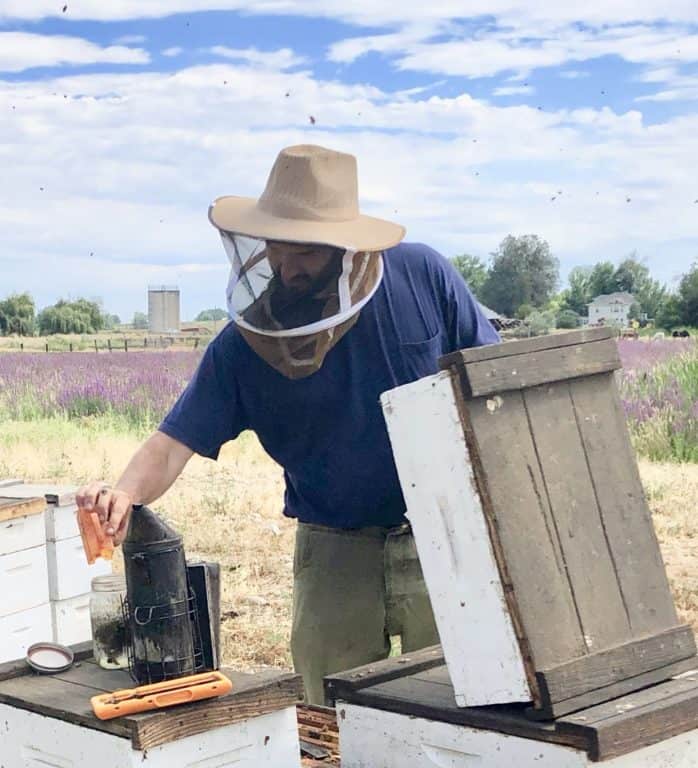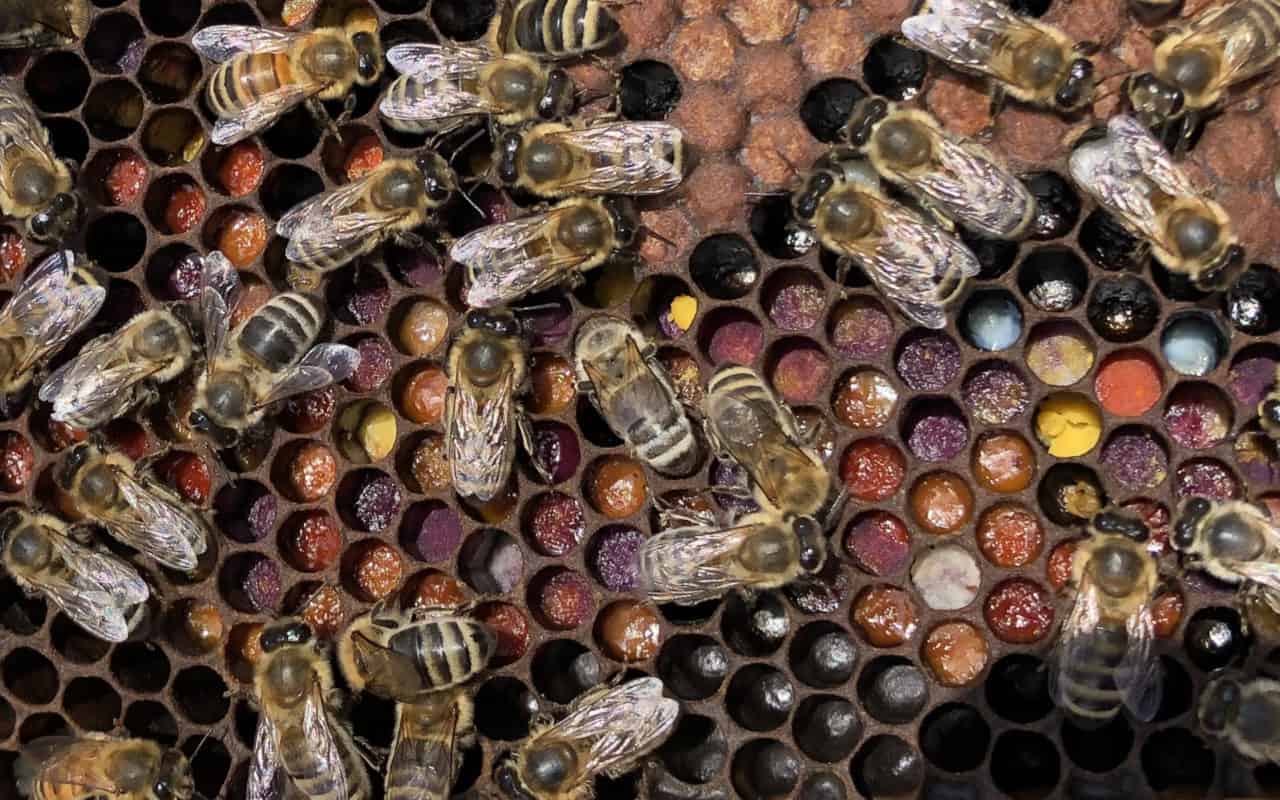What is the first thing that comes to mind when you think of Idaho? Did you think of potatoes? I would have, until I accompanied Ben Sallmann, BIP Pacific Northwest Tech Transfer Team Field Specialist, on a sampling trip to Idaho and Montana. I was struck by what this state has to offer honey bees and their beekeepers. It is no wonder they call it the ‘gem state’.
According to the Idaho State Department of Agriculture, 20% of the state’s gross product comes from the agricultural sector, the single largest contributor to its economy. This production, of course, includes that of their famous potatoes, which accounts for one third of the total U.S. potato production, but I was surprised to find that they grow so much more. They produce 185 different agricultural commodities, including wheat and barley, and are the second largest producer of sugar beets in the nation. Admittedly, those crops do not hold much value for bees. However, of great interest for our favorite pollinator, Idaho boasts production of a variety of seeds.

Photo: Anne Marie Fauvel
Idaho prides itself on the quality of their vegetable seeds: notably carrots, irrigated alfalfa hay, onions, turnips, along with a wide variety of oilseeds, including canola, safflower, sunflower, rapeseed, mustard, and flax, which are all visited by honey bees. And the mint, oh the mint! Currently 17,000 acres of mint are planted to produce 2 million pounds of mint oil per year. I will never forget driving on the Idaho country roads, picking up the scent of mint with the work truck windows closed, only to open them wide and breathe in deeply.
What does this all mean for bees and beekeepers? Idaho is home to 124,000 registered honey bee colonies and offers good forage along with stunning views. Commercial beekeepers have reported some loss of bee forage in the past few years in favor of the increasing production of sugar beets, but overall, Idaho remains a hospitable place for bees.
Beekeeping in Idaho is an important activity. Perhaps less conspicuous than other well-known beekeeping states, it remains a major contributor to the U.S. beekeeping industry. I can only hope that Idaho preserves its crop diversity and continues to provide bees with great forage.

Photo: Anne Marie Fauvel

Photo: Anne Marie Fauvel
